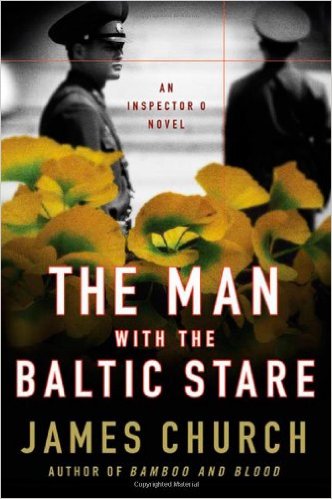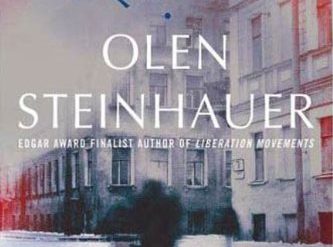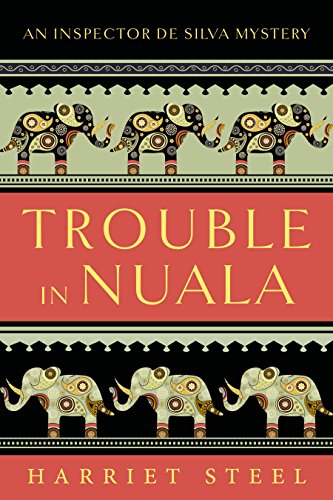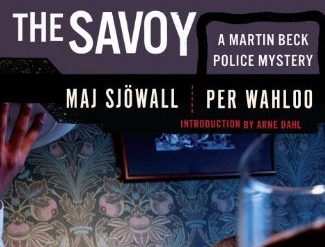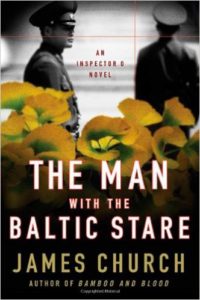
In the closing years of the past decade, beginning in 2008, North Korea began descending into chaos as its dictator, Kim Jong-Il, fell gravely ill. His youngest son, Kim Jong-Un, then only in his mid-twenties, began to emerge as the heir apparent, crowding aside not just his older brothers but the senior officials who wanted to end the Kim dynasty and seize power themselves. The outside world learned few of the details about the power struggle underway, but it was clearly ferocious and led to considerable bloodletting. One or two highly public executions surfaced in the news, but there were undoubtedly many more under wraps.
Estimated reading time: 3 minutes
North Korea in chaos
In The Man with the Baltic Stare, James Church re-imagines these circumstances in the fourth of his detective novels featuring Inspector O. Church’s scenario — possibly based in great part on fact, as Church served the US government in Southeastern and Eastern Asia for many years — powerful outside forces struggled for dominance in alliance with different factions within the faltering North Korean government. South Korea, China, and Macao-based Chinese gangsters all clashed with one another, as much to prevent the others from coming out on top as to gain power themselves, resisted by those in the country’s government who weren’t allied with any of the outsiders.
In fact, and this seems almost certainly to be true, no outsider wished to take on responsibility for running a desperately poor and backward country, as the cost might have been comparable to the hundreds of billions of dollars the West German government was forced to spend to integrate East Germany when reunification came in 1990.
The Man With the Baltic Stare (Inspector O #4) by James Church ★★★☆☆
Intrigue and confusion in a failing state
Unfortunately, Church doesn’t make this three-way (actually four-way) conflict clear until more than halfway through The Man with the Baltic Stare. The novel masquerades as a murder mystery. Inspector O, formerly the North Korean equivalent of a police detective, has been living in isolation on a mountaintop, having left the force under an agreement never to never to speak to anyone about the unsavory political events he’s witnessed in his career. In the first half of the book, he is mysteriously snatched from his mountain home and pressed into service by an obviously powerful South Korean major to investigate the murder of a highly placed North Korean official in a luxurious Macao hotel room. It’s unclear whether the major wants O to identify the killer or to cover up the incident. Strange, very strange.
The previous Inspector O novels consistently portray life in North Korea as uncertain, confusing, and rife with intrigue. Inspector O routinely finds that the origins of the mysteries he is investigating are hidden and that no one he encounters along the way is likely to be who he says he is or do what he has promised to do. This novel carries that theme of confusion to a new height. Reading the book is a maddening exercise: confusion undermines the suspense. However, it’s worthwhile as interesting speculation on what really took place in North Korea between 2008 and 2012, when the ascendancy of Kim Jong-Un became clear.
For related reading
You might also enjoy my posts:
- Top 10 mystery and thriller series
- 20 excellent standalone mysteries and thrillers
- 30 outstanding detective series from around the world
- Top 20 suspenseful detective novels
- Top 10 historical mysteries and thrillers
And you can always find my most popular reviews, and the most recent ones, on the Home Page.

